Introduction: The Intersection of Nutrition and Lean Physique
In an age of evolving dietary ideologies, the pursuit of a lean, strong body has become a nuanced journey rather than a one-size-fits-all blueprint. As science continues to illuminate the intricate relationship between nutrition and body composition, we now understand that achieving a lean body is less about restriction and more about making strategic, informed choices. This article explores the principles of eating for a lean body, emphasizing science-backed foods to get lean and stay strong naturally. We will also unravel the dietary distinctions that matter—such as the ketogenic diet vs low carb—to provide clarity and empower healthier, evidence-based decisions.
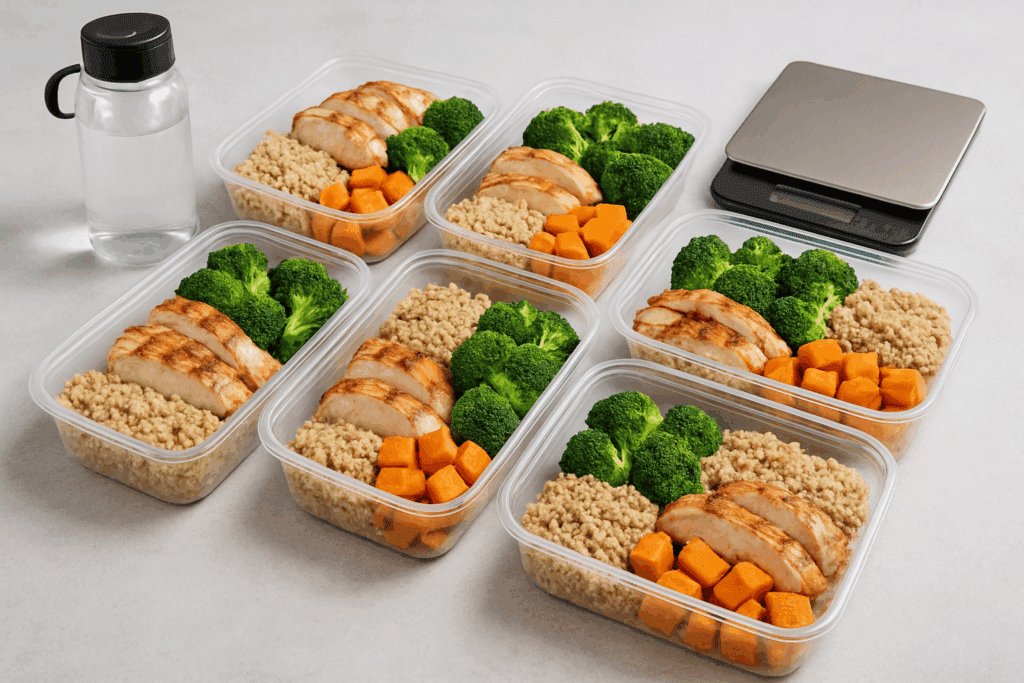
Understanding the Foundations: What Does It Mean to Eat for a Lean Body?
Eating for a lean body is not a temporary regimen or crash diet. It involves a sustainable, nutrient-rich approach that prioritizes lean muscle retention, fat reduction, and metabolic efficiency. To support these goals, nutrition must deliver adequate protein, healthy fats, fiber-rich carbohydrates, and essential micronutrients. The right eating plan to get lean should align with both physiological needs and lifestyle preferences, integrating variety and balance to ensure long-term adherence.
Whether you’re navigating a lean food plan to enhance athletic performance, manage weight, or improve health outcomes, the common denominator is consistency. Creating a lean meal plan that emphasizes whole, minimally processed foods helps regulate hunger hormones, stabilize blood sugar, and promote satiety. It’s about selecting the best foods to get lean—not starving the body but fueling it efficiently.
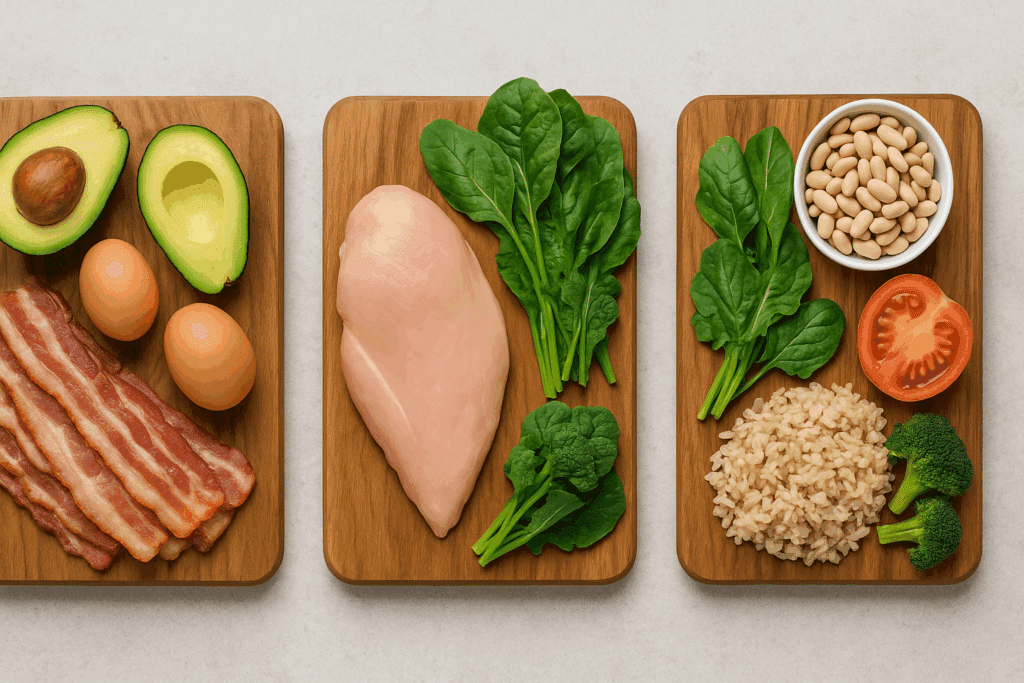
Lean vs. Low Carb vs. Keto: Understanding Dietary Distinctions
One of the most persistent confusions in nutrition circles revolves around the terms “low carb diet,” “keto diet,” and the broader question: is keto a low carb diet? At its core, the ketogenic diet is indeed a form of low-carb eating but with a distinct macronutrient profile. Whereas a typical low-carb diet might involve 50 to 150 grams of carbohydrates per day, keto requires a more restrictive threshold—usually under 50 grams daily—to induce a metabolic state called ketosis.
In ketosis, the body transitions from using glucose as its primary fuel source to burning fat for energy, producing ketones in the process. The intended result is enhanced fat oxidation, reduced insulin levels, and in some cases, accelerated fat loss. But is a keto diet sustainable in the long term? That question hinges on individual variability. Some thrive on high-fat, very-low-carb regimens, while others may find a moderate low-carb approach more manageable.
Thus, when considering a lean food plan, it is vital to evaluate whether the keto diet vs low carb diet better fits your metabolic needs, activity levels, and dietary preferences. For many, a balanced, whole-food based low-carb approach proves effective without the rigidity of ketosis.
The Science of Satiety: Why Whole Foods Work
Numerous studies underscore the satiety-boosting power of whole foods compared to processed alternatives. Fiber-rich vegetables, lean proteins, and healthy fats work synergistically to extend fullness and curb overeating. For example, high-protein foods like lentils, tempeh, wild-caught fish, and eggs stimulate the release of peptide YY and GLP-1—hormones that signal satiety to the brain.
This is particularly important in a lean meal plan where caloric control is subtly enforced through quality rather than restriction. The ean out diet—a concept built around eliminating inflammatory, ultra-processed items in favor of nutrient-dense alternatives—aligns with this strategy. Eating for a lean body is less about what you subtract and more about what you emphasize: volume, fiber, nutrients, and satisfaction.
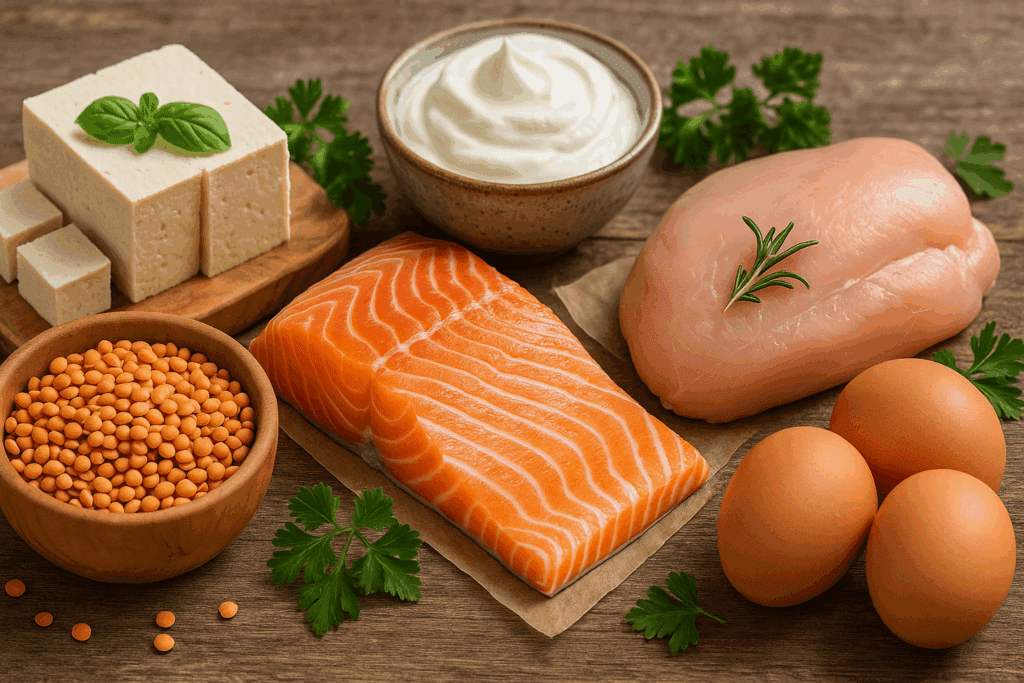
Protein: The Cornerstone of a Lean Physique
Protein plays a pivotal role in lean body maintenance, facilitating muscle repair, immune function, and enzymatic activity. When constructing a meal plan to get lean female-specific adaptations might include slightly higher protein requirements to preserve lean mass during caloric deficits.
Scientific consensus supports an intake of 1.6 to 2.2 grams of protein per kilogram of body weight for active individuals pursuing fat loss. Sources like legumes, tofu, tempeh, quinoa, and seitan offer high-quality amino acid profiles suitable for plant-based eaters. Animal-derived proteins such as pasture-raised poultry, Greek yogurt, and wild-caught salmon also provide bioavailable nutrients and omega-3 fatty acids.
Consuming protein throughout the day, rather than in isolated doses, has been shown to enhance muscle protein synthesis and improve metabolic outcomes. Including a protein source in every meal is a key strategy for those seeking what to eat to become lean while preserving lean tissue.
Carbohydrates: Fueling Performance and Recovery Wisely
Contrary to popular belief, carbohydrates are not the enemy of a lean body. In fact, for many, a strategic intake of whole-food carbohydrates enhances energy levels, supports workout recovery, and improves cognitive function. The real distinction lies in the quality of carbohydrates consumed.
Whole grains like farro, millet, and oats, alongside starchy vegetables such as sweet potatoes and legumes, provide complex carbohydrates that digest slowly and avoid sharp insulin spikes. These foods to eat to get lean offer essential nutrients like magnesium, iron, and B vitamins, while also supporting digestive health.
The low carb diet keto diet dichotomy often leads individuals to eliminate carbohydrates entirely, but this is not universally necessary or sustainable. While is keto no carbs a common misconception, the reality is more nuanced: even strict ketogenic diets allow for a small number of carbs from leafy greens and nuts. Therefore, understanding the differences in a keto diet vs low carb diet allows for a personalized approach rather than a dogmatic adherence.
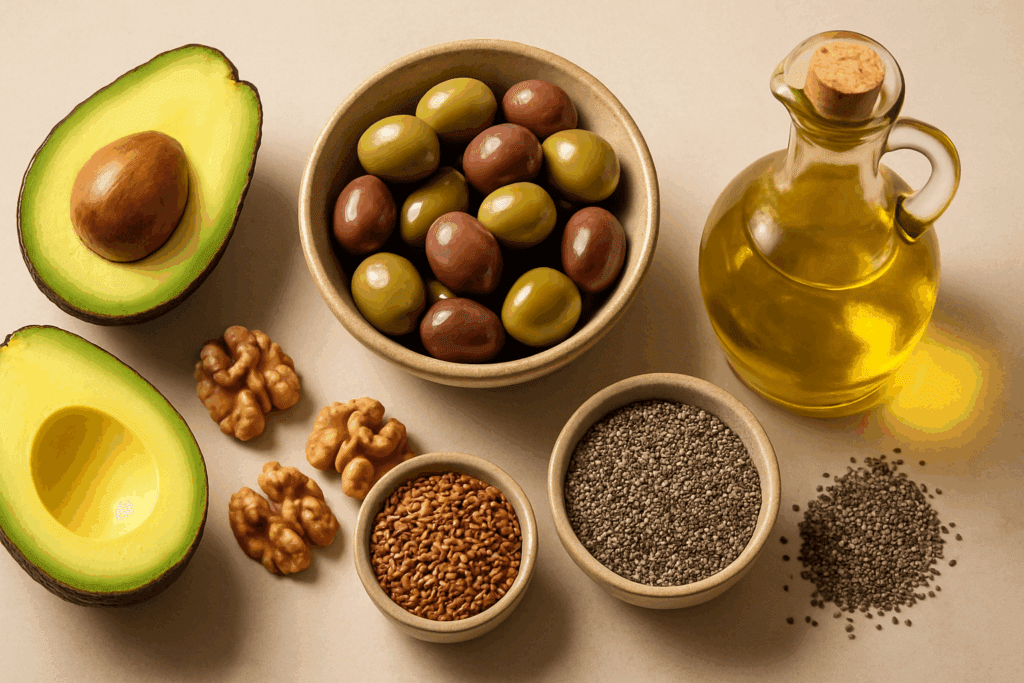
Fats: Embracing the Right Types
Healthy fats play an essential role in hormone regulation, brain health, and the absorption of fat-soluble vitamins. Incorporating fats like avocado, olive oil, flaxseeds, walnuts, and chia seeds can enhance flavor and satiety without contributing to unwanted fat gain.
It’s important to differentiate between fats that promote health and those that contribute to inflammation. Trans fats and refined seed oils are best minimized, whereas monounsaturated and polyunsaturated fats support cardiovascular health and may aid fat metabolism.
Is keto a good diet in this context? For some, the high-fat composition of a ketogenic plan may help regulate hunger and enhance metabolic efficiency. However, others may achieve similar results with a moderate-fat approach, provided the quality of fats remains high.
Micronutrients: The Often-Overlooked Essentials
While macronutrients dominate the conversation around what to eat to get lean, micronutrients deserve equal attention. Deficiencies in key vitamins and minerals can impair metabolism, reduce energy, and compromise immunity. For example, insufficient iron can cause fatigue, while inadequate magnesium can impair muscle recovery.
In a lean food plan, it is important to prioritize diversity. Dark leafy greens, cruciferous vegetables, berries, nuts, seeds, and legumes offer a broad spectrum of nutrients without excessive caloric density. A well-balanced diet rich in micronutrients is one of the most effective long-term strategies for eating for a lean body.
Meal Timing and Frequency: Debunking Myths
The debate over meal frequency continues to evolve. While intermittent fasting has gained traction, research suggests that the optimal number of meals per day depends more on personal preference and lifestyle than on metabolic advantage. Some thrive on three square meals, while others prefer five smaller ones.
The key is consistency. Regardless of frequency, each eating episode should contain high-quality foods to get lean: a source of protein, healthy fat, fiber, and complex carbohydrates. This not only stabilizes blood glucose but also promotes sustained energy and satiety throughout the day.
Hydration and Digestion: The Silent Pillars of Leanness
Water plays a fundamental yet often overlooked role in body composition. Adequate hydration aids in digestion, nutrient transport, joint lubrication, and thermoregulation. Even mild dehydration can slow metabolism and increase the perception of hunger.
Additionally, digestive efficiency impacts nutrient absorption and gut health—both of which influence metabolic rate and inflammation. Including fermented foods like kimchi, miso, and kefir in your lean meal plan may support gut flora balance and enhance nutrient assimilation.
Designing a Personalized Lean Meal Plan
Creating a sustainable eating plan to get lean involves more than hitting macro targets. It requires understanding personal preferences, activity levels, and even genetic factors that influence how different foods are metabolized. A lean meal plan must be adaptable, enjoyable, and nutritionally comprehensive.
A typical day might include a breakfast of steel-cut oats with berries and chia seeds, a lunch of grilled tempeh over quinoa salad with tahini dressing, and a dinner of roasted salmon with steamed broccoli and sweet potato. Snacks might include hummus with sliced vegetables, or a Greek yogurt parfait with flaxseeds and walnuts. Each meal is crafted with the intention of supporting lean mass, minimizing processed inputs, and optimizing metabolic performance.
Is a Keto Diet Sustainable for Lean Living?
The question “is a keto diet sustainable” is valid and complex. While some find long-term success with strict carbohydrate restriction, others experience adverse effects such as fatigue, mood swings, or nutrient deficiencies. Research shows that compliance often wanes over time, and reintroducing carbs can lead to weight rebound if not managed strategically.
However, elements of the ketogenic diet—such as prioritizing healthy fats, reducing added sugars, and increasing protein—can be incorporated into a more flexible low-carb lifestyle. Understanding that is keto a low carb diet but not the only path allows individuals to borrow beneficial principles without full commitment.
Smart Substitutions and Habit Stacking for Long-Term Success
One of the most practical ways to adopt a lean food plan is by gradually replacing low-nutrient foods with high-nutrient alternatives. Swap refined grains for whole grains, sugary beverages for herbal teas, and fried snacks for roasted chickpeas or edamame. These changes accumulate to create a sustainable lean lifestyle.
Behavioral strategies like habit stacking—pairing a new habit with an existing one—also improve adherence. For example, prep vegetables while brewing morning coffee or pair lunch with a short walk. These micro-actions reinforce consistency and make the process of eating for a lean body feel intuitive rather than burdensome.
Avoiding Common Pitfalls: Misunderstood Dietary Concepts
A major misconception is that eating less always leads to a leaner body. In reality, undereating can slow metabolism, impair hormonal function, and trigger muscle loss. It’s important to distinguish between strategic caloric control and chronic underfueling.
Similarly, the belief that is keto no carbs has led some to avoid nutrient-dense produce unnecessarily. Even strict ketogenic diets include carbohydrates from vegetables and seeds. Embracing the nuance in these concepts is essential for designing a plan that aligns with your goals and physiology.
Mindful Eating: Enhancing Body Awareness and Satisfaction
Mindful eating is a powerful tool for aligning nutritional intake with actual hunger cues. By slowing down, chewing thoroughly, and eliminating distractions, individuals can better recognize satiety signals and prevent overeating.
This practice cultivates a deeper awareness of how different foods affect mood, energy, and digestion. Over time, mindful eating fosters a more intuitive relationship with food, reducing the need for rigid rules and promoting sustainable leanness.

FAQ: Eating for a Lean Body
1. How can I personalize a lean out diet to fit a demanding work schedule?
Creating a successful lean out diet while juggling a busy professional life requires strategic planning and meal flexibility. Instead of adhering to rigid meal times, focus on portable, nutrient-dense foods like boiled eggs, hummus with sliced vegetables, or protein shakes that can be consumed on-the-go. Preparation is key: batch-cook lean proteins and fiber-rich vegetables over the weekend and store them in single-serving containers. Incorporating a lean food plan that accommodates workplace limitations or travel helps maintain consistency. When structured properly, eating for a lean body can seamlessly integrate into even the most unpredictable schedules.
2. What are some underrated foods to eat to get lean that most people overlook?
While commonly known options like chicken breast and broccoli are staples in a lean food plan, manyoverlook fermented foods like tempeh or sauerkraut, which support gut health and inflammation control. Sea vegetables such as nori and dulse are mineral-rich and low-calorie, making them excellent foods to get lean. Spices like turmeric and cinnamon can aid metabolic health and satiety when used creatively. Additionally, legumes—often skipped on strict low-carb plans—offer a potent combination of plant-based protein and soluble fiber. These lesser-known additions enhance both the flavor and efficacy of an eating plan to get lean.
3. Is it possible to follow a meal plan to get lean female-specific without sacrificing hormonal health?
Yes, and it starts with recognizing that overly restrictive eating can disrupt estrogen balance andcortisol regulation. A sustainable meal plan to get lean female-specific should include sufficient dietary fat from avocados, seeds, and oily fish to support hormone synthesis. It should also avoid prolonged fasting or ultra-low-carb diets unless medically supervised. Including foods to eat to get lean that also stabilize blood sugar—like oats, lentils, and berries—helps prevent hormonal swings. Tailoring caloric intake to the menstrual cycle phase can further enhance energy and recovery while maintaining leanness.
4. How does stress management influence the effectiveness of a lean meal plan?
Chronic stress can significantly impair your body’s ability to metabolize nutrients efficiently, makingeven the best lean meal plan less effective. Elevated cortisol levels may lead to increased cravings, particularly for sugar and fat, which can undermine your lean out diet efforts. Integrating stress-reducing practices like mindfulness, breathwork, or even short nature walks can modulate this hormonal disruption. Sleep quality also plays a critical role in how your body processes the foods to get lean. In this way, stress management is an essential yet often ignored pillar of any successful eating for a lean body strategy.
5. What psychological tools can support adherence to an eating plan to get lean long-term?
Consistency in following an eating plan to get lean often hinges on mindset rather than willpoweralone. Cognitive behavioral strategies such as setting implementation intentions (“If X happens, I will do Y”) create reliable behavioral cues. Visualization of long-term goals and identity-based habits (“I am someone who eats for strength”) can reinforce commitment. Journaling meals and emotional triggers helps detect patterns that may derail your lean meal plan. These tools go beyond meal prep—they cultivate resilience and make eating for a lean body a sustainable lifestyle rather than a temporary phase.
6. Can social settings derail progress on a lean food plan, and how can they be managed?
Navigating social events while on a lean food plan presents challenges, but it doesn’t require totalabstinence. Practicing mindful indulgence—where you consciously savor a small portion of a treat without guilt—can prevent binge-restrict cycles. Bringing a dish that aligns with your lean out diet goals ensures you have options available. Open communication with hosts or dining companions can reduce pressure and increase accountability. Ultimately, flexibility is key to sustaining what to eat to get lean without sacrificing social connection.
7. What role does metabolic flexibility play in achieving a lean body?
Metabolic flexibility—the ability to switch between carbs and fats for fuel—enhances energy efficiencyand fat utilization. Those following a rigid eating plan to get lean often overlook this concept, but alternating between moderate-carb and low-carb days can boost adaptation. Including a variety of foods to eat to get lean, such as sweet potatoes, avocados, and tofu, provides the necessary substrates for this switch. Intermittent fasting or cyclical calorie variations can further train your metabolism without the downsides of extreme dieting. Developing metabolic flexibility ensures that a lean meal plan supports not just appearance but long-term physiological adaptability.
8. How can plant-based eaters build an effective lean food plan?
Contrary to misconceptions, a plant-based lean food plan can deliver all the macro- andmicronutrients needed to support muscle tone and fat loss. Key protein sources include tempeh, lentils, edamame, and nutritional yeast, all of which pair well with grains to form complete amino acid profiles. Incorporating a rainbow of vegetables ensures high fiber and antioxidant intake, both crucial when you’re deciding what to eat to get lean. Fortified plant milks and seeds can cover B12, calcium, and omega-3 needs. With smart planning, eating for a lean body on a plant-based diet is not only feasible but highly effective.
9. Are there emerging tools or technologies that can support a lean out diet?
The digital health landscape has expanded dramatically, offering wearable devices that track HRV(heart rate variability), sleep, and glucose variability—all of which influence fat metabolism. Apps that integrate biometric data with nutritional insights can refine your lean meal plan in real-time. AI-driven platforms are also beginning to customize eating plans based on genetic markers, making your foods to get lean more precise. Virtual coaching and habit-tracking apps can enhance accountability without the need for in-person consultations. These innovations make it easier than ever to follow an eating plan to get lean with data-informed precision.
10. What signs indicate that your lean out diet needs adjustment?
If you’re experiencing persistent fatigue, digestive issues, or mood instability, your lean out diet mayneed recalibration. Plateauing weight loss or losing muscle mass could signal a protein deficit or overly aggressive calorie cutbacks. A successful eating for a lean body approach should enhance vitality, not diminish it. Regular lab tests can reveal micronutrient deficiencies that might not be immediately obvious but still impact how well your lean meal plan is serving you. Listening to these physiological cues and making evidence-based adjustments ensures your lean food plan evolves with your body’s needs.
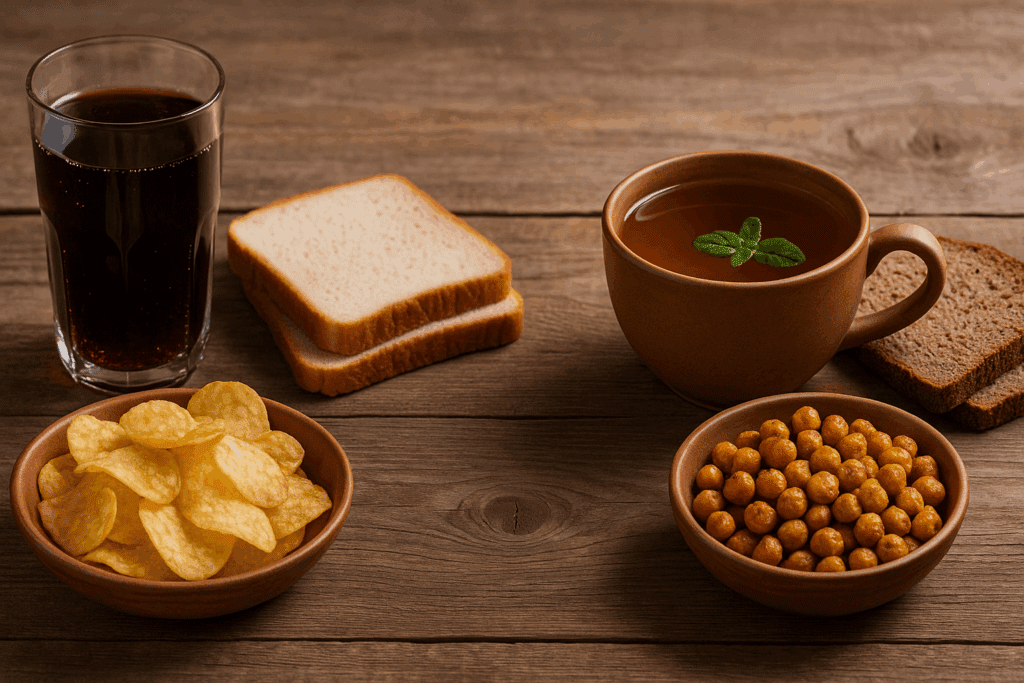
Conclusion: The Sustainable Path to Lean, Strong Living
Eating for a lean body is neither a trend nor a fleeting challenge. It is a dynamic, evolving process that blends science, self-awareness, and sustainability. By focusing on whole, nutrient-dense foods to get lean, embracing strategic dietary patterns, and debunking common myths around the ketogenic diet vs low carb, individuals can create personalized plans that support both leanness and strength.
Whether your goal is to identify what to eat to become lean, understand the pros and cons of keto vs low carb diet options, or simply maintain a lean food plan that nourishes both body and mind, the key lies in informed, consistent choices. Prioritize quality over quantity, satisfaction over restriction, and sustainability over extremes. The result is not just a leaner body, but a stronger, more resilient version of yourself, built on the foundation of mindful nutrition and metabolic wisdom.

